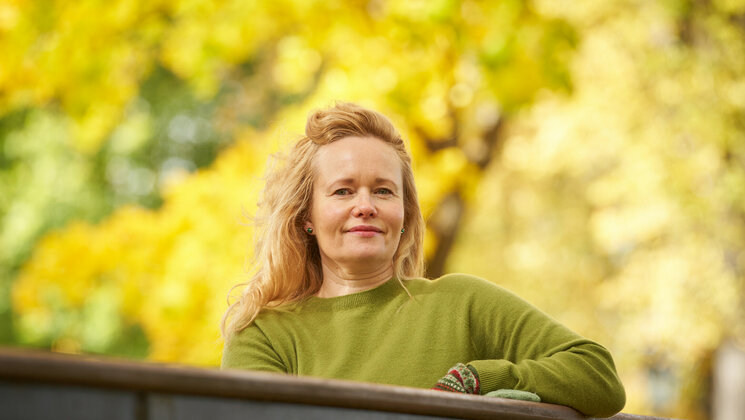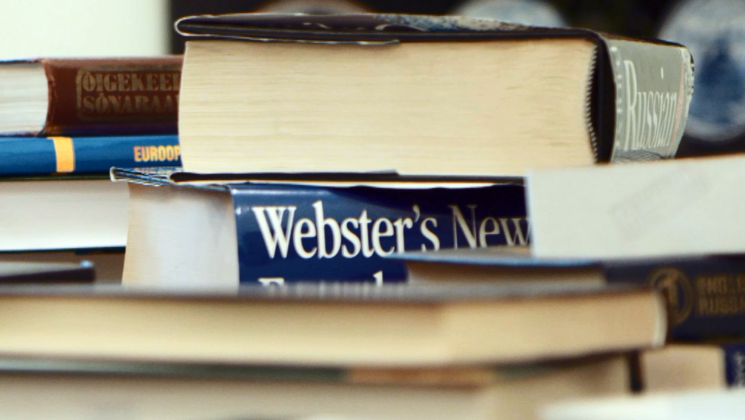-
Faculty of Arts and HumanitiesJakobi 2, r 116-121 51005 Tartu linn, Tartu linn, Tartumaa ESTJakobi 2 51005 Tartu linn, Tartu linn, Tartumaa ESTJakobi 2, IV korrus 51005 Tartu linn, Tartu linn, Tartumaa ESTJakobi 2, III korrus, ruumid 302-337 51005 Tartu linn, Tartu linn, Tartumaa ESTÜlikooli 16 51003 Tartu linn, Tartu linn, Tartumaa ESTLossi 3 51003 Tartu linn, Tartu linn, Tartumaa ESTÜlikooli 18 50090 Tartu linn, Tartu linn, Tartumaa ESTPosti 1 71004 Viljandi linn, Viljandimaa ESTJakobi 2 51005 Tartu linn, Tartu linn, Tartumaa ESTJakobi 2 51005 Tartu linn, Tartu linn, Tartumaa ESTFaculty of Social SciencesLossi 36 51003 Tartu linn, Tartu linn, Tartumaa ESTJakobi 5 51005 Tartu linn, Tartu linn, Tartumaa ESTLossi 36, ruum 301 51003 Tartu linn, Tartu linn, Tartumaa ESTNarva mnt 18 51009 Tartu linn, Tartu linn, Tartumaa ESTNäituse 2 50409 Tartu linn, Tartu linn, Tartumaa ESTNäituse 20 - 324 50409 Tartu linn, Tartu linn, Tartumaa ESTLossi 36 51003 Tartu linn, Tartu linn, Tartumaa ESTRaekoja plats 2 20307 Narva linn, Ida-Virumaa ESTRingi 35 80012 Pärnu linn, Pärnu linn, Pärnumaa ESTLossi 36 51003 Tartu linn, Tartu linn, Tartumaa ESTLossi 36 51003 Tartu linn, Tartu linn, Tartumaa ESTFaculty of MedicineRavila 19 50411 Tartu linn, Tartu linn, Tartumaa ESTBiomeedikum, Ravila 19 50411 Tartu linn, Tartu linn, Tartumaa ESTNooruse 1 50411 Tartu linn, Tartu linn, Tartumaa ESTL. Puusepa 1a 50406 Tartu linn, Tartu linn, Tartumaa ESTL. Puusepa 8 50406 Tartu linn, Tartu linn, Tartumaa ESTRavila 19 50411 Tartu linn, Tartu linn, Tartumaa ESTUjula 4 51008 Tartu linn, Tartu linn, Tartumaa ESTRavila 50411 Tartu linn, Tartu linn, Tartumaa ESTRavila 19 50411 Tartu linn, Tartu linn, Tartumaa ESTFaculty of Science and TechnologyVanemuise 46 - 208 51003 Tartu linn, Tartu linn, Tartumaa ESTNarva mnt 18 51009 Tartu linn, Tartu linn, Tartumaa ESTRiia 23b/2 51010 Tartu linn, Tartu linn, Tartumaa ESTRavila 14a 50411 Tartu linn, Tartu linn, Tartumaa ESTNarva mnt 18 51009 Tartu linn, Tartu linn, Tartumaa ESTRiia 23, 23b - 134 51010 Tartu linn, Tartu linn, Tartumaa ESTObservatooriumi 1 61602 Tõravere alevik, Nõo vald, Tartumaa ESTNooruse 1 50411 Tartu linn, Tartu linn, Tartumaa ESTJ. Liivi tn 2 50409 Tartu linn, Tartu linn, Tartumaa ESTVanemuise 46 51003 Tartu linn, Tartu linn, Tartumaa ESTVanemuise 46 51003 Tartu linn, Tartu linn, Tartumaa ESTArea of Academic SecretaryLossi 3 51003 Tartu linn, Tartu linn, Tartumaa ESTUppsala 6, Lossi 36 51003 Tartu linn, Tartu linn, Tartumaa ESTArea of Head of FinanceÜlikooli 17 51005 Tartu linn, Tartu linn, Tartumaa ESTArea of Director of AdministrationÜlikooli 18A (III korrus) 51005 Tartu linn, Tartu linn, Tartumaa ESTÜlikooli 18, ruumid 102, 104, 209, 210 50090 Tartu linn, Tartu linn, Tartumaa ESTArea of RectorArea of Vice Rector for Academic AffairsUppsala 10 51003 Tartu linn, Tartu linn, Tartumaa ESTÜlikooli 18b 51005 Tartu linn, Tartu linn, Tartumaa ESTArea of Vice Rector for ResearchW. Struve 1 50091 Tartu linn, Tartu linn, Tartumaa ESTArea of Vice Rector for DevelopmentNarva mnt 18 51009 Tartu linn, Tartu linn, Tartumaa ESTVanemuise 46 51003 Tartu linn, Tartu linn, Tartumaa ESTLossi 25 51003 Tartu linn, Tartu linn, Tartumaa EST
Synecheia II - Spring Semiosalong 2022

Ivan Fomin, ““Your neighbors are, in a measure, yourself”. Towards a Peircean account of intersubjective synechia in social semiosis”
“Nor must any synechist say, ‘I am altogether myself, and not at all you.’ … your neighbors are, in a measure, yourself, and in far greater measure than, without deep studies in psychology, you would believe”, says Charles S. Peirce in his article “Immortality in the Light of Synechism”. The idea of intersubjective continuity is essential for Peirce’s general theory of signs and especially for its applications in social sciences and humanities. The power of this concept consists in the fact that it allows us to account for intersubjective aspects of meaning-making and habit-taking. Thereby, it opens a possibility for developing a Peircean version of social semiotic theory that would complement the existing systemic-functional tradition of Social Semiotics. In particular, the category of logonomic rules that is central for Bob Hodge and Gunther Kress’s Social Semiotics can be theorized on the basis of Peirce’s conceptual apparatus. In Peirce's terms, logonomic rules can be seen as final interpretants that emerge in intersubjective synechia. They function as habits of intersubjective mind that enable both thought (production of initial interpretants) and action (production of dynamic interpretants). The development of a synechist theory of social semiosis is crucial for bridging Peirce’s pragmaticist phaneroscopy with social phenomenological approach to we-subjectivity. It can also be important when it comes to other semiotic concepts and ideas that imply some sort of intersubjective synechia, such as Ferdinand de Saussure’s ideas about language being a phenomenon of “conscience collective”. Overall, Peirce’s concept of synechism can be used as a powerful integrative tool that allows us to account for intersubjective continuity which is theorized across various linguistic, semiotic, and sociological traditions.
Pauline Delahaye, “The devil is in the detailed definitions: can non-human animals have a “language”?”
The question of language, and more precisely, of the language as an ability owned exclusively by human beings is an almost obsessive one. Most of the time, we can see that the very definition of language, through history, was shaped in order to exclude non-human animals, rather than to describe an objective phenomenon. Different criteria have been used to draw this line. We will see that all of them are problematic, mostly because they are chosen not for their relevance, but for their supposed human exclusivity. With each new ethology or anthropology discovery, they became more fragile. We will show how difficult it is to draw a line, and what accepting a continuity between our species can teach us about variety in human languages.
You can join the zoom session via this link:
https://ut-ee.zoom.us/j/98307297073?pwd=S1NNcnkxeEJxVlJidXY3djdBaUJFQT09
Meeting ID: 983 0729 7073
PW: 093741
Be sure to check out the Semiosalong FB page so you don't miss out on our events!
Synecheia II - Spring Semiosalong 2022
Read more similar news






